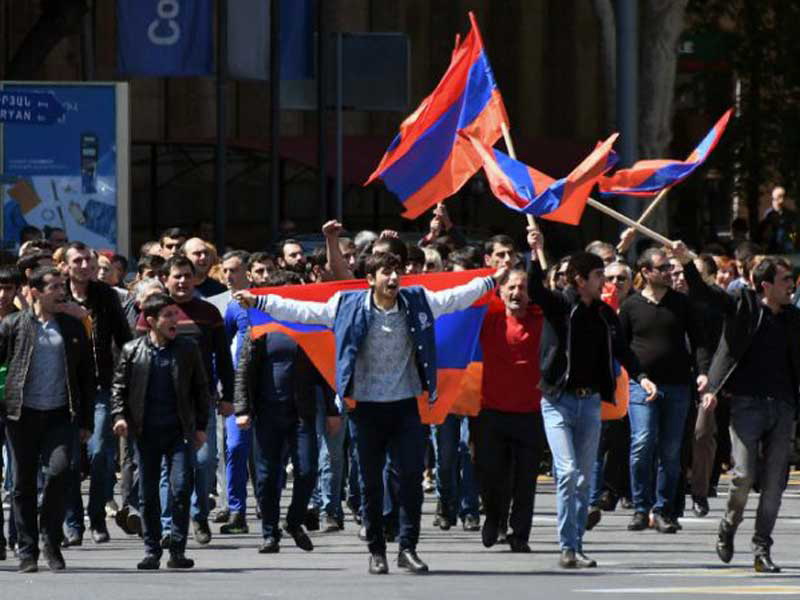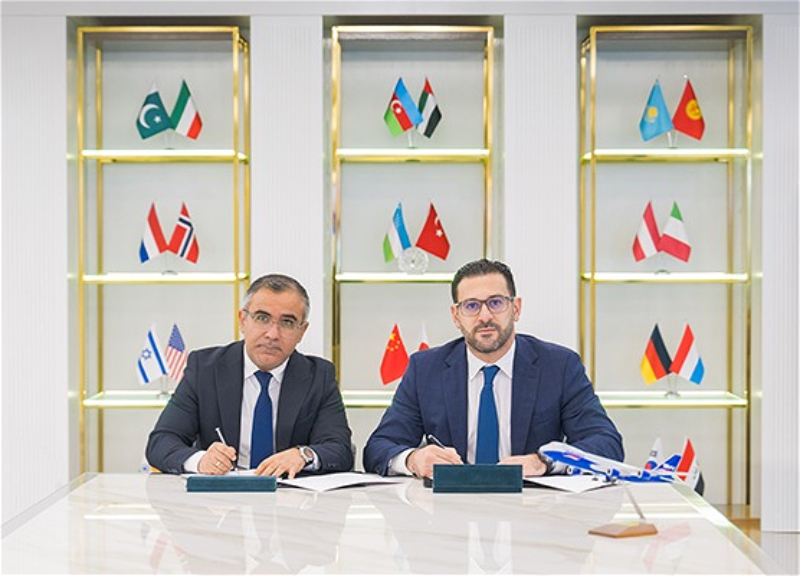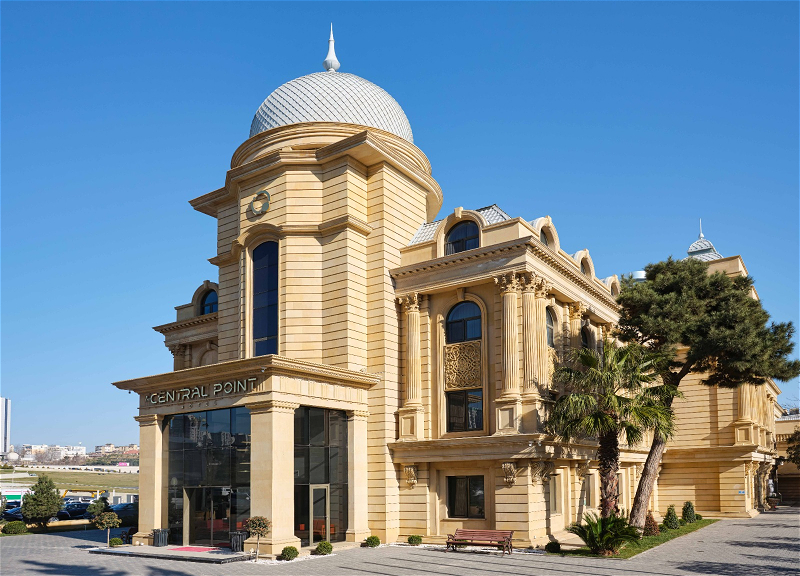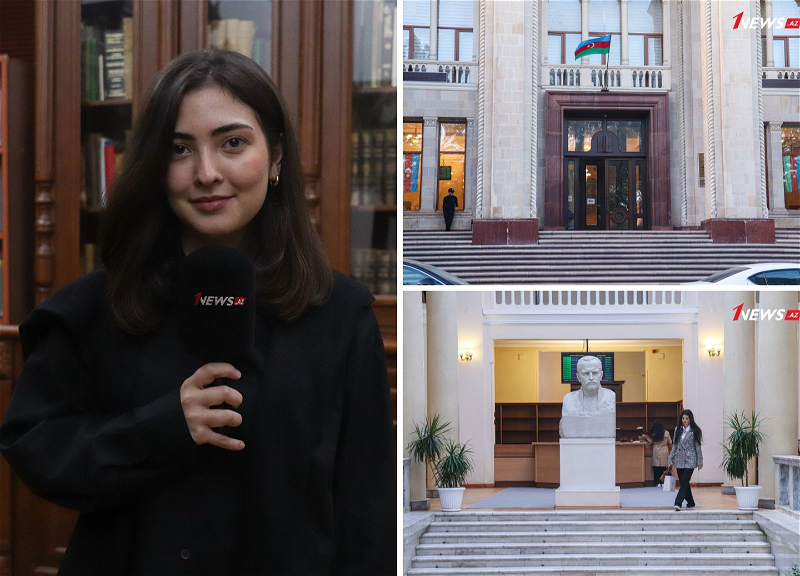Can Sargsyan’s ouster trigger new wave of violence in the South Caucasus?

On April 23, Armenian PM Serzh Sargsyan resigned after days of mass protests. He was a President for the last ten years and tried to continue to rule his country as a Prime Minister after the constitutional amendments.
Some commentators rushed to express their satisfaction and evaluated the resignation of Sargsyan as a triumph of democracy. Yes, in fact, the broken promises, endemic corruption, and the widening gap between the country’s haves and the have-nots played a significant role in bursting anger of masses against Sargsyan. At the same time, the view of the events only through the perspective of democracy and will of people ignoring complex dynamics of power-politics inside the political elite, the oligarchic groups and regional politics prior and during Sargsyan’s resignation is very simplistic and half-finished approach.
The commentators also tend to forget the negative socio-economic implication for Armenia that brought people to the streets, of isolation and closure of the 83 percent of all borders with Azerbaijan and Turkey as a result of the continuing occupation of territories of Azerbaijan. Understanding of these variables in Armenian politics properly is very important for making predictions for possible scenarios for Armenian domestic politics and Yerevan’s regional policies namely its approach toward the resolution of Nagorno-Karabakh conflict.
The prologue of the downfall of Sargsyan has started long before his resignation, when the amendments to the Armenian Constitution of December 2015 were adopted and as a result, the country entered to the most important period of institutional and constitutional transition from semi-presidential system to parliamentary system where the Prime Minister will be a commander in chief of armed forces and the main person in executive power. This period was marked by fierce but silent competition and resistance between then Prime Minister Karen Karapetyan and former President Sargsyan over who will be a future Prime Minister. Obviously, Sargsyan’s desire to continue to rule the country as a Prime Minister has been met by the resistance of not only a former Gazprom executive Karen Karapetyan but also other political groups and the general public.
One of the important implication of the recent development and the transition of Armenian political structure from semi-presidential system to parliamentary republic are even more diffusion of power among many political stakeholders. Even before the recent events, one of the key elements of Armenian political system was the distribution of power among coalitions, political groups, oligarchs, civil society and influential lobby.
Sargsyan in past ten years has been a successful equilibrium and a balance-player among these different stakeholders and has not been able to consolidate the absolute power in his hands. From a democratic perspective, it might look a positive element, but from a regional peace, security and stability perspective it will have a negative effect. In past twenty-five years, one of the main obstacles for the resolution of the Nagorno-Karabakh conflict and substantial negotiations has been the weak government that is vulnerable to the outside and domestic pressures and lack of a strong leadership that could overcome all pressures, pursue substantive negotiations and accept the responsibility for unpopular compromises for a peace agreement and impose its will on the society. Diffusion and distribution of power among many rival stakeholders in Armenia have always been a major reason why the representatives of this country have not been able to take courageous and intrepid decisions and steps for the resolution of the conflict. The modern history of Armenia has a good empiric example of the consequences of an attempt to take bold steps in the Nagorno-Karabakh conflict in case of former President Levon Ter Petrosian when he was forced to resign from the office for his readiness to make compromises.
On October 27, 199, there was also a mass shooting in the Armenian parliament that killed influential political figures who were ready and proponents of the resolution of Nagorno-Karabakh conflict like L. Ter Petrosyan. The consequent presidents from Karabakh clan Kocharyan and Sargsyan perfectly understood how dangerous can be for the future political career playing with Nagorno-Karabakh card and talks about compromises.
After the amendments to the Armenian Constitution of December 2015, the political fate of the Sargsyan became under the serious question and challenged because of political instability in Armenia that was triggered by events and failures of April 2016 in the frontline. After bloody skirmishes on the frontline in April of 2016, the possible scenario of comprises on Nagorno-Karabakh conflict instigated the political instability and the revolt of nationalist radicals who called themselves Sasna Dzres (Daredevils of Sassoun) that opposed any kind of comprises. The initiators of the 14 day hostage crisis, who were accusing the President for his readiness to betray the national interest of Armenians, was able to get strong public support from almost all dimensions of the society and the opposition that were unhappy with the overall policies of the ruling regime. This serious backlash made the President Sargsyan to abstain from any serious moves and thoughts about the compromise that could hinder his political future, at least for very sensitive period of power transition in the country. Instead of the language of moderation and peace-seeking, Sargsyan, especially for his domestic audience, opted for tough, nationalist and maximalist language obstructing any possible progress in the negotiation and returning to old dilatory tactics which have “successfully” procrastinated the resolution of the conflict for more than 23 years after ceasefire was reached in 1994.
Last year in Geneva, fearing unwanted speculations and accusations that might have put him again in defensive position ahead of very important political developments in the country former President Sargsyan rushed to the media to give comments few minutes right after the end of the talks with President Ilham Aliyev. During the meeting with the members of Armenian community in Switzerland in his statement for the media President Sargsyan made his best efforts to assure everyone in Armenia that he did not make any compromise and any compromise and concession are beyond of the talks. He stated that “no specific arrangements have been made about the settlement options. But they have agreed to take measures to ease the tension so that we do not have losses in the front line”. Then what angered the officials of Azerbaijan most was when Sargsyan ruled out any options of compromises boldly stating that “the only solution acceptable for us is that Karabakh be outside Azerbaijan. Never can any Armenian leader accept and implement other solution whatsoever”.
Unfortunately, after further power diffusion and distribution this kind of hard and populist stance will be a more dominant rhetoric from Armenian side in the negotiation process for the resolution of the conflict. As the country will enter to the period of fragile coalitions and the competition of different political groups with relatively similar strength, the nationalist and populist rhetoric around Nagorno-Karabakh will be one of the tools of political rivalry. This condition will restrict any group from any courageous comprises fearing to be blamed in betrayal. Even if after all political battles and struggles there will appear a political strong-man it will not be easy for him to make any comprises even he will want to it. Ultimately, this condition will put the country in more political, regional and economic deadlock and dependence on external forces. Therefore, the western observers should be very careful, in their enthusiasm about Armenian events, since this movement will make Armenia and Armenians more nationalist rather than liberals, like in their national movement in the 1980-1990s.
moderndiplomacy.eu














